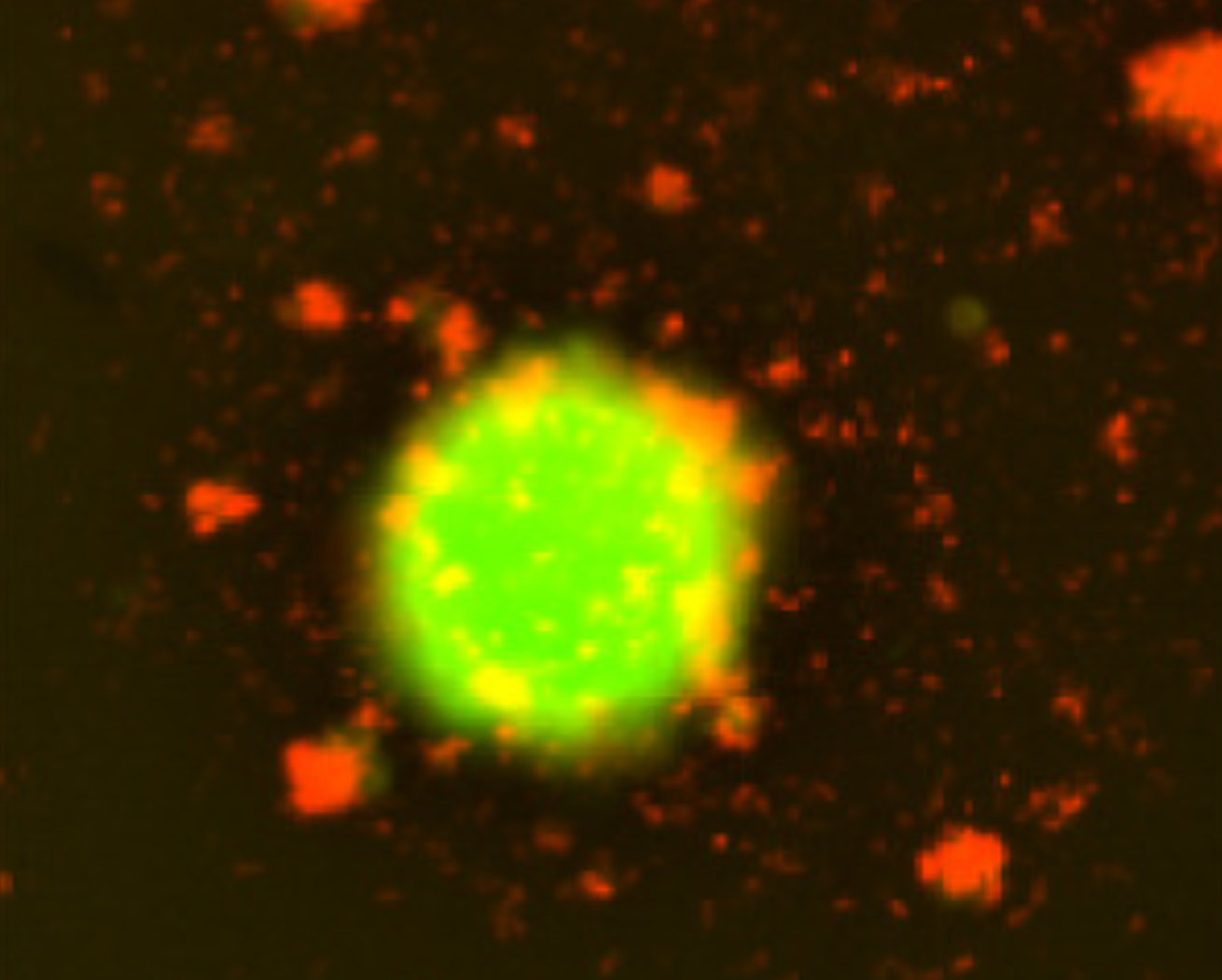Scientists just made a significant breakthrough in lithium-ion batteries
LI batteries are celebrated for their high energy density and rechargeability, driving our smartphones, laptops and electric cars.

[Aug. 6, 2023: Staff Writer, The Brighter Side of News]
Lithium-ion batteries are widely used for various applications, including electric vehicles, because of their high energy density and rechargeability. (CREDIT: Creative Commons)
In an age dominated by a quest for sustainable energy, the lithium-ion battery has emerged as one of the primary contenders for storing our electric future. These batteries are celebrated for their high energy density and rechargeability, driving our smartphones, laptops, electric cars, and even some renewable energy systems.
Yet, like all innovations, they have their Achilles' heel – specifically, the stability of the cathode materials. However, a recent study offers hope for the battery's longevity and performance.
A group of scientists have cracked a significant puzzle surrounding Ni-rich cathode materials – a promising, high-capacity material for lithium-ion batteries. Despite their potential to achieve both high voltages and capacities, the structural instabilities, coupled with loss of oxygen, have mired their practical applications.
The culprit? A phenomenon known as ‘oxygen hole’ formation. This occurs when an oxygen ion sheds an electron, thereby playing a pivotal role in the degradation of LiNiO2 cathodes. This accelerates the release of oxygen which, in turn, further degrades the cathode material.
Related Stories:
The research team undertook an intricate study, leveraging the power of the UK's regional supercomputers. Utilising advanced computational techniques, they examined the behaviour of LiNiO2 cathodes during the charging process. The discoveries were intriguing.
Professor Andrew J. Morris of the University of Birmingham expounded, “We found that the charge of the nickel ions remains around +2, regardless of whether it's in its charged or discharged form. At the same time, the charge of the oxygen varies from -1.5 to about -1.”
This revelation challenges the conventional battery model. Typically, scientists assumed that oxygen would consistently maintain its -2 charge through the charging process. “This is unusual," noted Professor Morris, "the oxygen is not very stable, and we have found a pathway for it to leave the nickel-rich cathode.”
The team's intensive research didn't just stop at identifying the problem; they ventured into understanding the mechanism behind it. They compared their computational results with experimental data and found a significant alignment.
Their proposed mechanism indicates that during the charging process, oxygen radicals combine to form a peroxide ion. This ion subsequently transforms into oxygen gas, creating vacancies within the material. This reaction releases energy, producing singlet oxygen, a notoriously reactive form of oxygen.
Oxidation states in LiNiO2 and related materials and LiNiO2 electronic structure. (CREDIT: Joule)
Such findings lead us to a crossroad. While the release of singlet oxygen poses challenges for battery longevity, understanding the very process provides an avenue to counteract it. As Dr. Annalena Genreith-Schriever from the University of Cambridge proposes, “Potentially, by adding dopants that reduce oxygen redox, while promoting transition-metal redox particularly at the surface, mitigating the generation of singlet oxygen, we can enhance the stability and longevity of these type of lithium-ion batteries.”
The implications of this research are vast. Addressing the challenges of cathode materials directly translates to improved battery performance and lifespan, essential factors in various applications, from consumer electronics to electric vehicles.
Proposed models of the origin and mechanism of O2 loss in LNO. Scheme illustrating the differences between the established ionic Ni redox model of LNO and the covalent Ni–O redox observed with DMFT calculations. (CREDIT: Joule)
Lending his expertise, Professor Louis Piper, Professor of Battery Innovation, WMG and co-lead of the Faraday Institution Battery Degradation consortium, stressed the importance of this discovery, saying, "Oxygen loss drives accelerated degradation in Ni-rich lithium-ion batteries. This work explains its origin and is critical for understanding how to engineer solutions to improve battery life."
In summary, as the world increasingly leans into renewable energy, innovations like this are not just academic achievements but steps towards a more sustainable future. This research does more than shed light on the quirks of battery chemistry; it holds the potential to revolutionise energy storage, one electron at a time.
Researchers from the University of Birmingham, University of Cambridge, WMG at the University of Warwick and the Faraday Institution, Didcot, published their findings in Joule.
For more science news stories check out our New Innovations section at The Brighter Side of News.
Note: Materials provided above by The Brighter Side of News. Content may be edited for style and length.
Like these kind of feel good stories? Get the Brighter Side of News' newsletter.
Joseph Shavit
Head Science News Writer | Communicating Innovation & Discovery
Based in Los Angeles, Joseph Shavit is an accomplished science journalist, head science news writer and co-founder at The Brighter Side of News, where he translates cutting-edge discoveries into compelling stories for a broad audience. With a strong background spanning science, business, product management, media leadership, and entrepreneurship, Joseph brings a unique perspective to science communication. His expertise allows him to uncover the intersection of technological advancements and market potential, shedding light on how groundbreaking research evolves into transformative products and industries.



